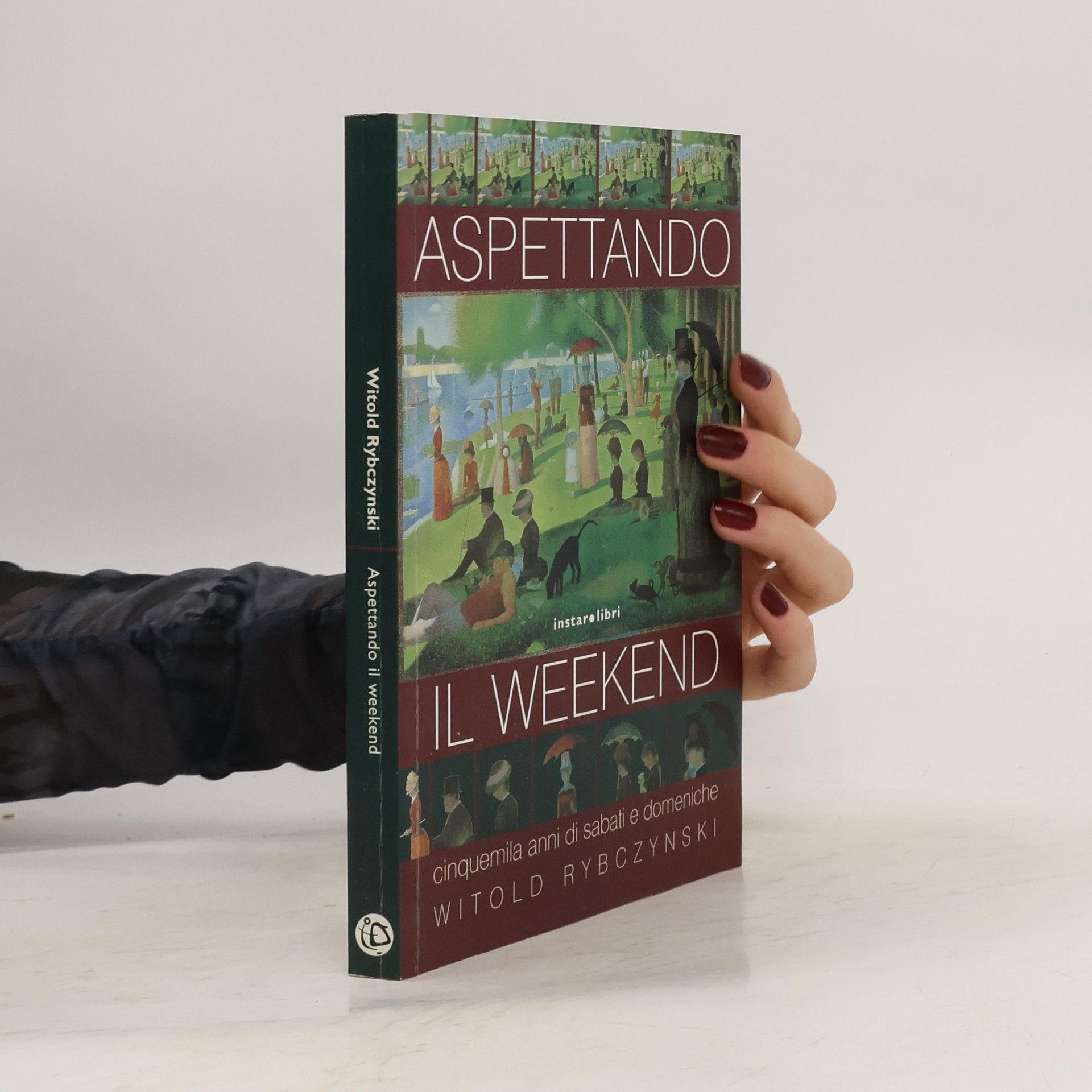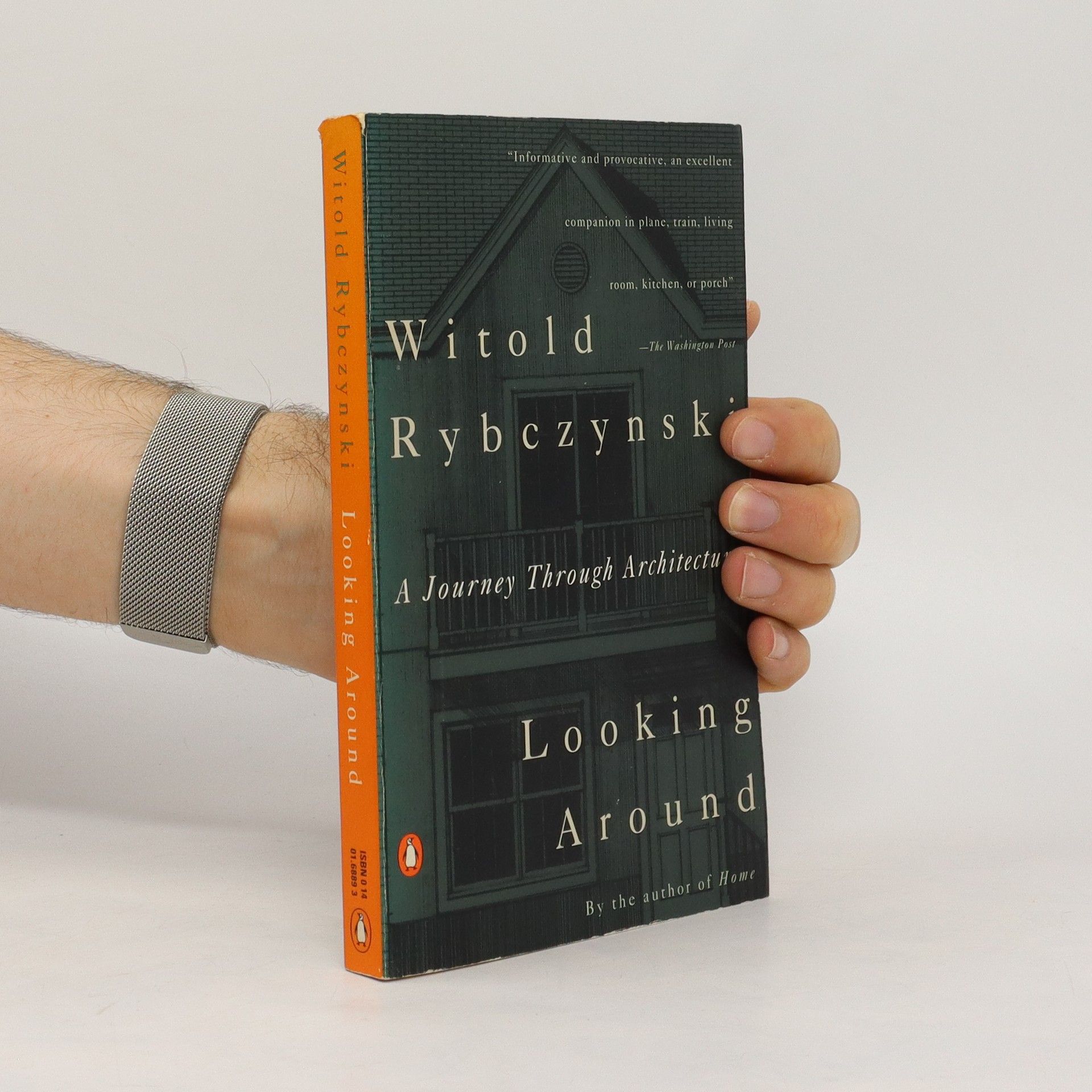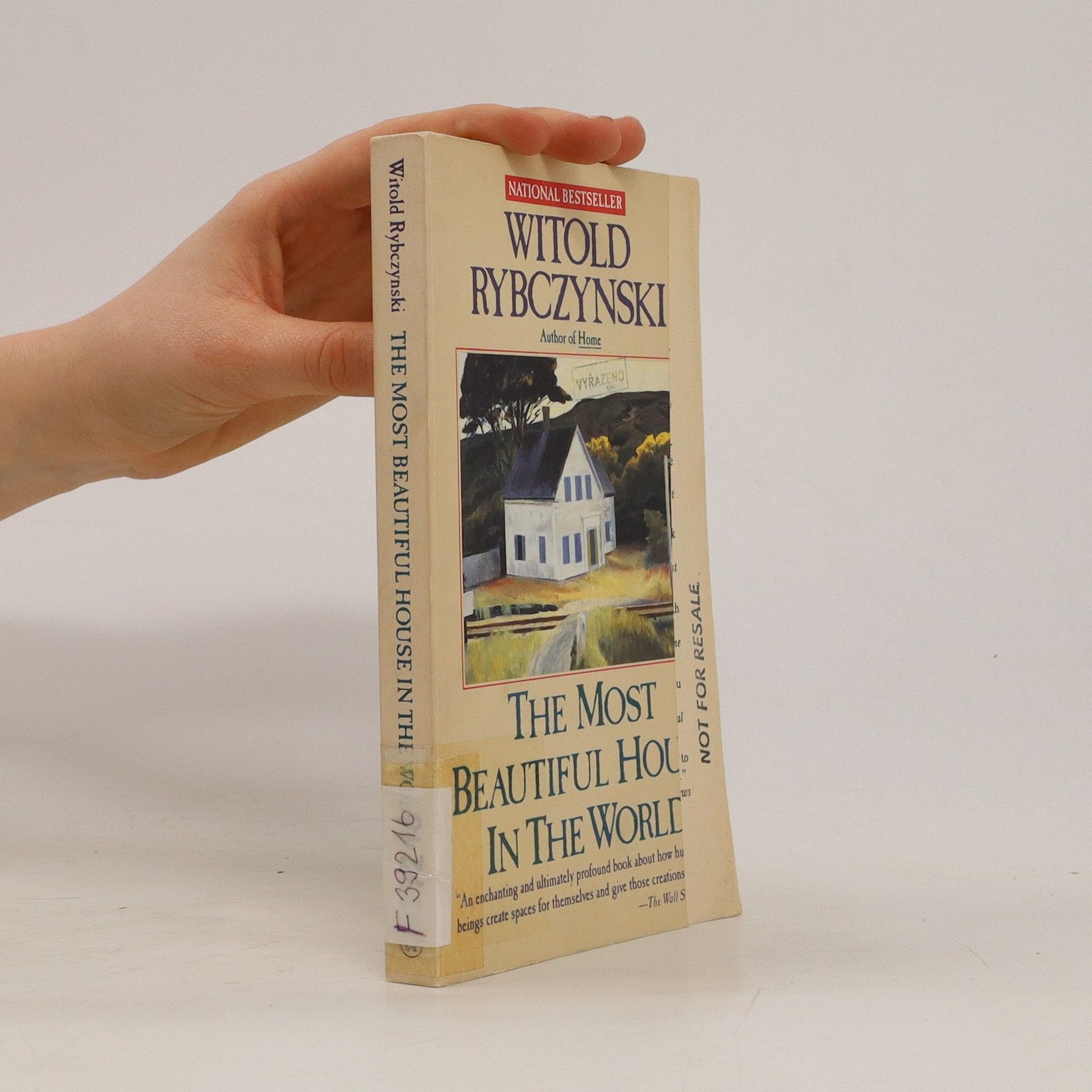Aspettando il weekend. Cinquemila anni di sabati e domeniche
- 224pagine
- 8 ore di lettura
«Abbiamo inventato il weekend, ma i nuvoloni neri dei vecchi tabù incombono ancora sulla vacanza...» Quali sono le ragioni che ci hanno condotto a strutturare la nostra vita quotidiana in cinque giorni feriali e due festivi? In che modo il finesettimana è diventato la principale istituzione temporale dell'età moderna? E ancora: come e perché questa scansione del tempo universalmente condivisa ha influenzato la natura dei nostri svaghi? Witold Rybczynski, architetto, urbanista e celebre critico d'arte, abbandona temporaneamente il suo tradizionale terreno d'indagine per interrogarsi sull'improvvisa e in apparenza inattaccabile popolarità del sabato e della domenica nella storia dell'uomo, sulla trasversalità, nel tempo e nello spazio, di una pratica plasmata dalla credenza popolare e dall'uso quotidiano (al cui fascino nessuna civiltà è mai riuscita a sottrarsi), sulla matrice astronomica, religiosa, sociale, e forse persino biologica, di uno schema settenario necessario e misteriosamente radicato. Le curiose. puntuali, documentate e occasionalmente aulobiografiche osservazioni che dedica alla formazione del ciclo settimanale chiamano in causa il tradizionale rapporto tra lavoro e tempo libero, e la sua lenta e graduale evoluzione. Con l'aumento generalizzato del benessere, il moltipllcarsi delle possibilità ricreative e l'affermazione sempre più incontestata dell'etica del lavoro, la libertà di non fare nulla nei giorni di pausa lavorativa è diventata a poco a poco libertà di fare qualsiasi cosa, e infine obbligo ossessivo di fare qualcosa. Un filo sottile e antico, più intellettuale che reale, collega l'ozio contemplativo e disteso dei patrizi nell'antica Roma alle..attuali nevrosi domenicali del cittadino qualunque. Seguire questo filo è un modo originale e accattivante per capire l'animo umano.



